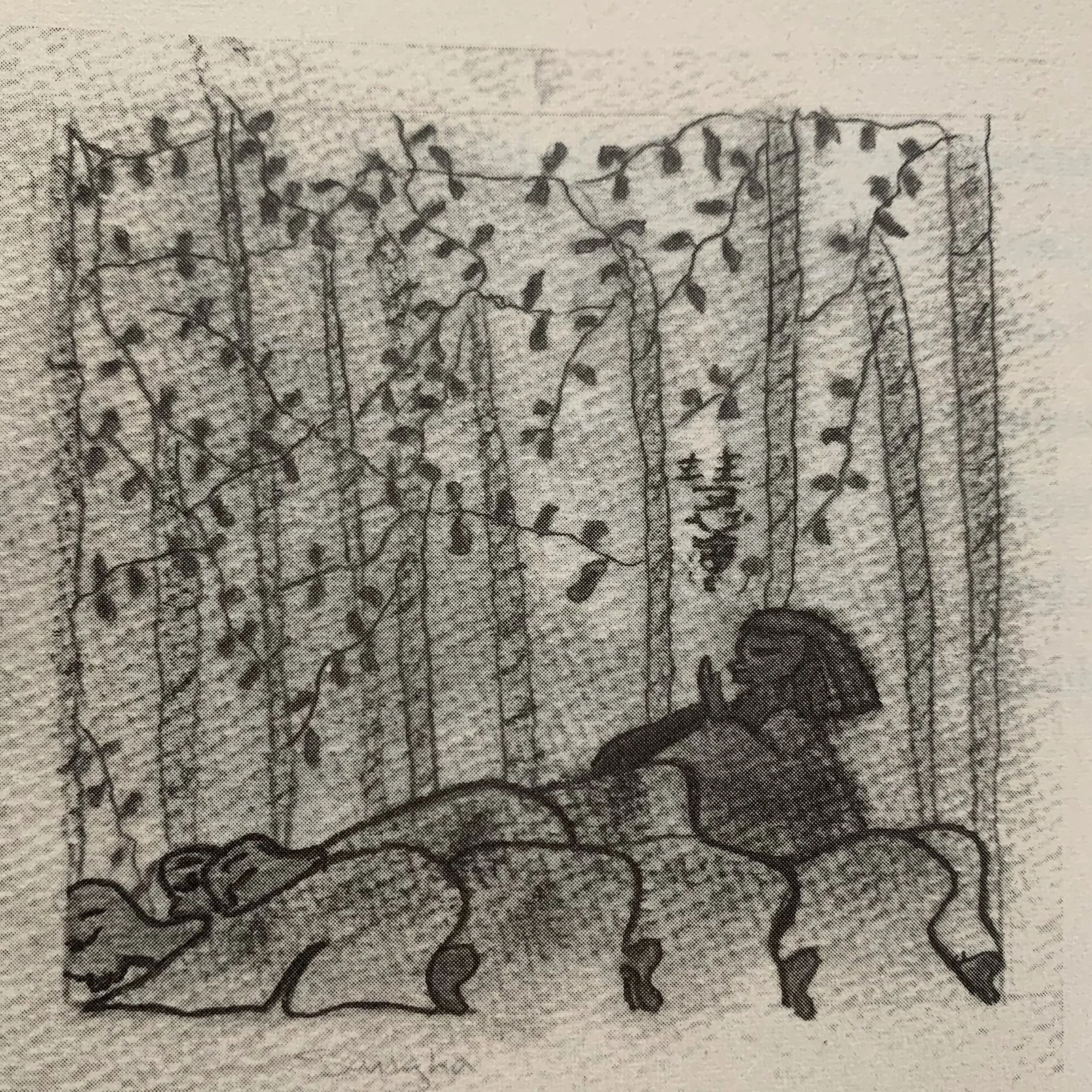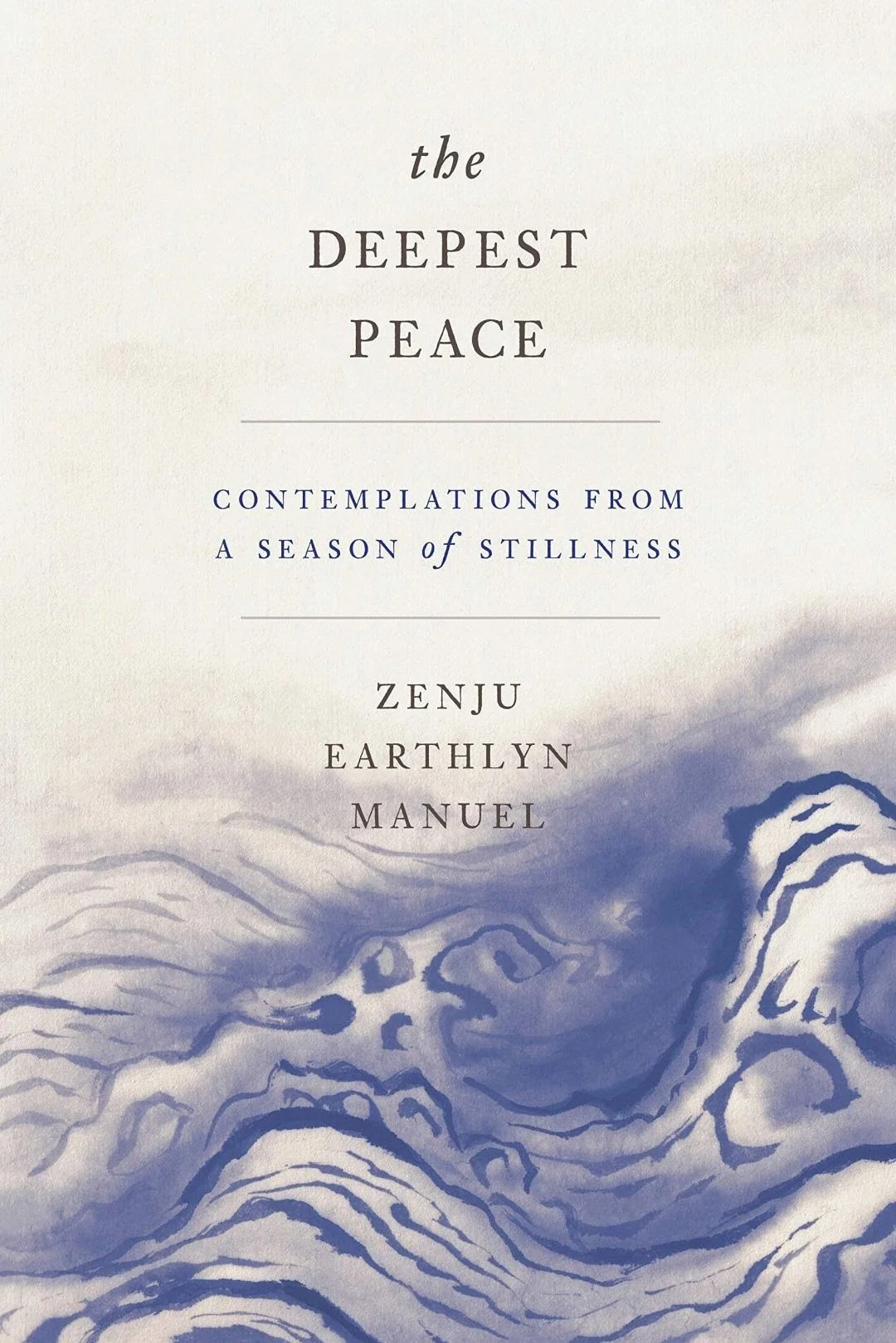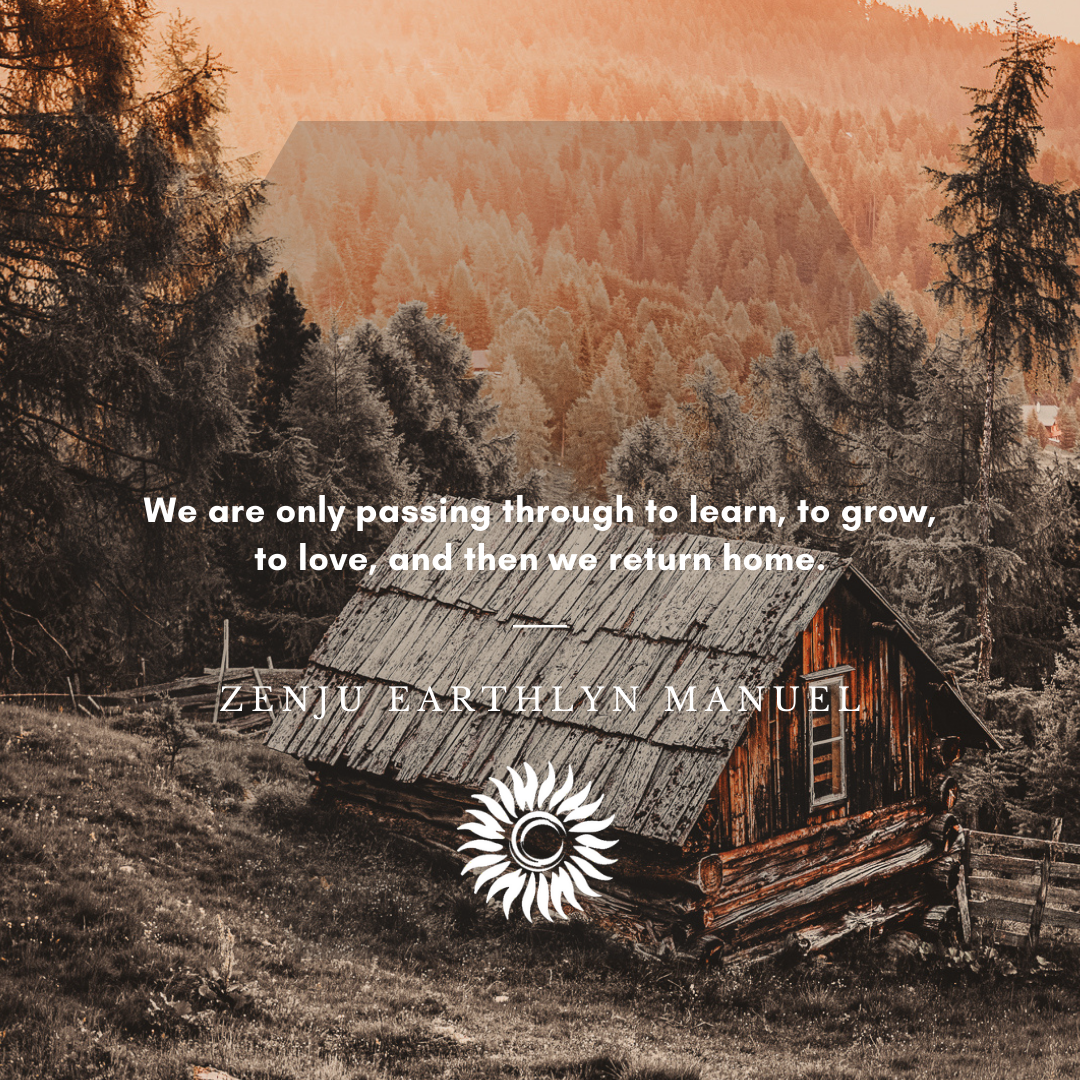Deep Wisdom from Zenju Earthlyn Manuel
Zenju Earthlyn Manuel (photo by Anna Cummings)
There are times when life unfolds to reveal gifts we could never have imagined. Quest for Eternal Sunshine—the spiritual memoir I co-authored posthumously with my father, Mendek Rubin—has brought me many of these unexpected blessings. One of them is becoming a regular contributor to Spirituality & Health magazine, which gives me the opportunity to interview people I greatly admire. Today I’m sharing a Q&A with one of my all-time favorite writers and spiritual teachers, Zenju Earthlyn Manuel, about her latest book, The Shamanic Bones of Zen: Revealing the Ancestral Spirit and Mystical Heart of a Sacred Tradition.
Raised in Los Angeles by parents who’d migrated from rural Louisiana, Zenju (“Zenju” is her dharma name, “Earthlyn” her given name), is an ordained Zen priest in the Shunryu Suzuki Roshi Soto Zen lineage (Suzuki Roshi is the famous Japanese Zen monk who founded San Francisco Zen Center and Tassajara Zen Mountain Monastery in the 1960s). Having been a Zen student in this same lineage for eighteen years, I’m very familiar with the chants and rituals described in the book, but experiencing them from Zenju’s point of view has revealed deeper layers of their history and transformative power.
Our interview is titled “Zenju Earthlyn Manuel Is Not Your Typical Soto Zen Buddhist Priest,” and the insights she shares are as unique as her background. In addition to having an MA in Urban Planning from UCLA and a PhD in Transformation and Consciousness from the California Institute of Integral Studies, Zenju is a dharma-transmitted Zen priest, prolific author, poet, diviner, and medicine woman of the drum whose practices are influenced by Native American and African Indigenous traditions. Zenju is also a talented artist. Her first book, published in 2011, Tell Me Something About Buddhism: Questions and Answers for the Curious Beginner (with a foreword by Thich Nhat Hanh), features Zenju’s beautiful sketches.
Photographs of a selection of Zenju’s art from Tell Me Something About Buddhism
The Way of Tenderness: Awakening Through Race, Sexuality, and Gender (2015), was my introduction to Zenju’s teachings. My beloved cousin—the dharma teacher Trudy Goodman—recommended it to me when I was in the middle of a painful interpersonal conflict. The book swiftly expanded my perspective, opening both my mind and my heart.
Sanctuary: A Meditation on Home, Homelessness, and Belonging (2018), gave me a new framework through which to understand my Holocaust survivor parents’ intense commitment to the New Age spiritual community I grew up in, as well as why I have such a passionate attachment to our Carmel Valley home and farm. “Homelessness is more than the loss of a physical home. It is also the loss of a culture, connection, identity, and affiliation,” Zenju writes. “This hunger for home is deep and wide, touching the nerve of ancient displacement and dispossession…Its roots are ancient and visceral, a trauma that passes from generation to generation.”
It’s hard to describe how grounded, connected and soothed I feel while reading The Deepest Peace: Contemplations from a Season of Stillness (2020). The book feels truly magical. It’s almost as if the words place me safely into the rich, warm soil of Mother Earth for restoration and healing. As soon as I finish the last page, I turn the book over and start again from page one.
Obviously, I was a huge fan of Zenju’s work before reading The Shamanic Bones of Zen, but with its publication, my respect for her continues to blossom. It is a bold, brave, and groundbreaking book, where Zenju dares to go beyond tradition and share the truths she intuits directly though her personal practice. She describes “ancestors” as everyone and everything that existed on the planet before we were born, and writes, “It is not our brains that hold the remembrance of human life before our births. The memories in the bones can be stirred or rattled, as they say, through ritual and ceremony. Through our bones, we can access wisdom that has been passed from ancestors to the present.”
Below is a link to the full article in Spirituality & Health magazine, and here is a taste of the deep wisdom Zenju shared in our interview:
When trouble happens, it’s sacred time. There’s a fire, but there’s always a fire at the door. Always. You’ve got to be right with the fire instead of leaving to look for water. Whether you like it or not, it doesn’t matter, because whatever it is, it’s still happening. So, when trouble is happening, walk slower. Be quieter. These are sacred moments that are magical, mystical and illuminating.
These sacred unsettling moments are not to be feared, even though we usually fear them because we’re human, and that’s okay too. Fear and rage are also mystical and magical. They’re all part of it.
Some people focus too much on finding the lesson in the suffering. That can cut short the journey of what the darkness is doing with you. Just allow it to take its time, not your time. Don’t try to turn the grief around quickly. Let it do its work.










